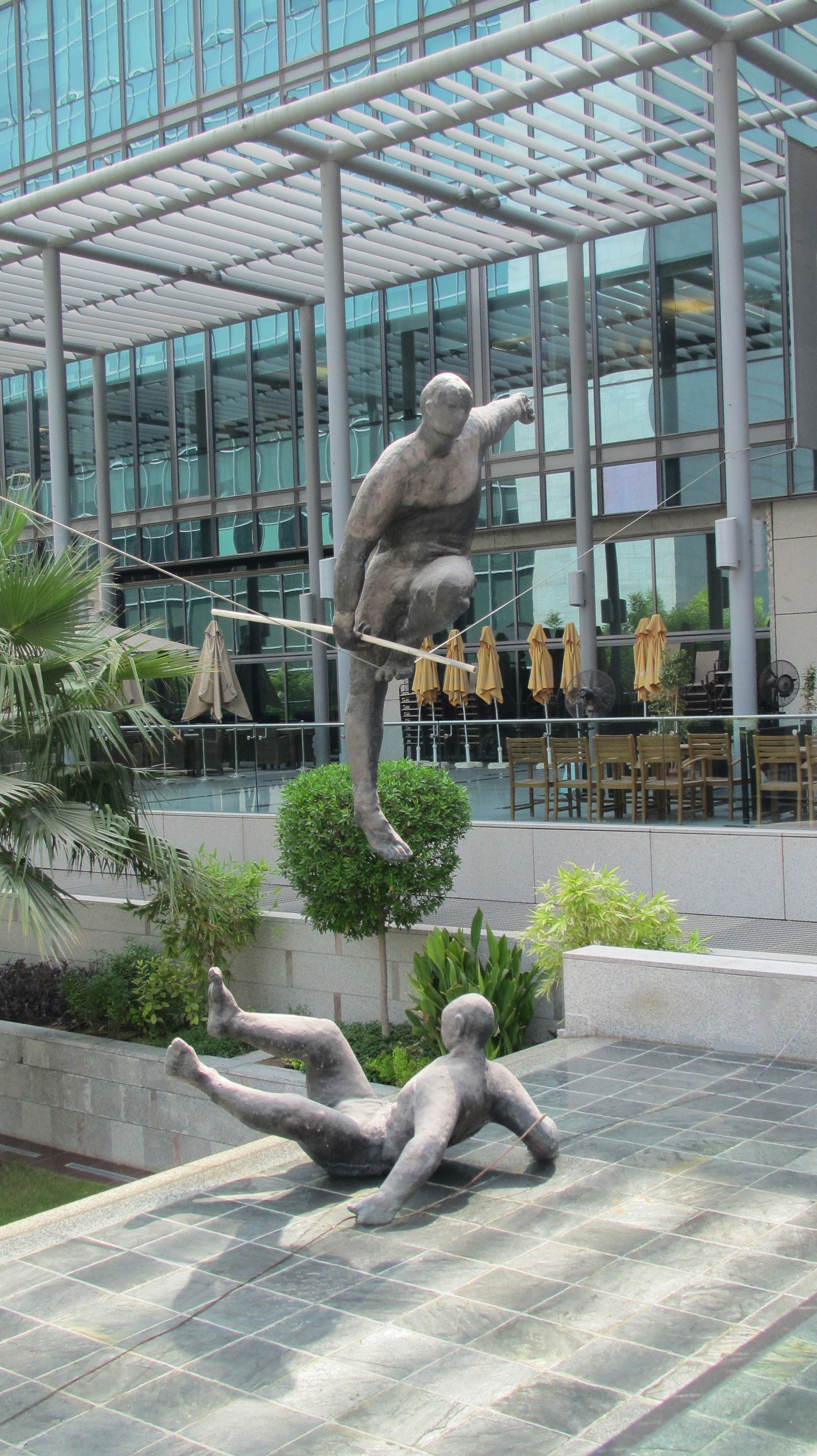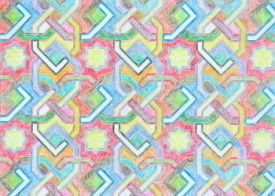Plum Orchards in Stellenbosch
 Wednesday, August 17, 2011 at 8:26AM
Wednesday, August 17, 2011 at 8:26AM
Stellenbosch, situated about 50 kilometres east of Cape Town, is a town in the Western Cape province of South Africa. The soil, the hilly terrain and a Mediterranean type climate make the area around Stellenbosch an ideal area for growing grapes. The region is famous for wine making.
Here this week, one of the first things we did was go for a walk in the early morning. The mountains stood tall as they were bathed by the emerging rays of sunlight, the vineyards and olive groves greeted the dawn, but shouting out in all their glory were the plum orchards in blossom.
Plum blossoms are especially loved and celebrated in mainland China, Taiwan, Korea, Japan, and Vietnam.
Stepping into one of the orchards at the end of our walk was akin to being transported into that world where the plum symbolizes endurance and hope in the winter months and is associated with not only beauty and purity, but more especially with the transitoriness of life.
Attachment to any moment causes suffering and the plum blossoms were a reminder of the impermanence we soon notice as we begin to pay attention to each moment in a non-judgmental fashion. Bodily sensations occur and then disappear, feelings arise and then subside, thoughts come and go. Old systems are replaced by new ones, whole cultures are constantly adapting to a multitude of factors, perspectives evolve.
Never ever again will this single moment be repeated in the way it has just occurred. Never again will all the events that occurred simultaneously in this moment, occur simultaneously again. A wink in Japan; a drop of snow in Lapland; the slightest movement of your head; the death of a star; any event no matter how great, no matter how small, brings about the combination of an infinite number of possibilities of happenings.
Soon the five petals of each flower on the plum trees will fall. The bedding will be changed and the white blanket will make way for the green.
Thich Naht Hanh, when he first settled in France and began to lead mindfulness retreats, named the newly formed community Sweet Potato, the food that poor Vietnamese people ate. Acquiring a larger site soon became necessary and the new village was first named after the persimmon. When it was discovered that plum trees fared better on the rocky soil the name changed to Plum Village.
Thich Nhat Hanh has this to say about impermanence:
“Nothing remains the same for two consecutive moments........ Impermanence is good news. Without impermanence, nothing would be possible. With impermanence, every door is open for change."

